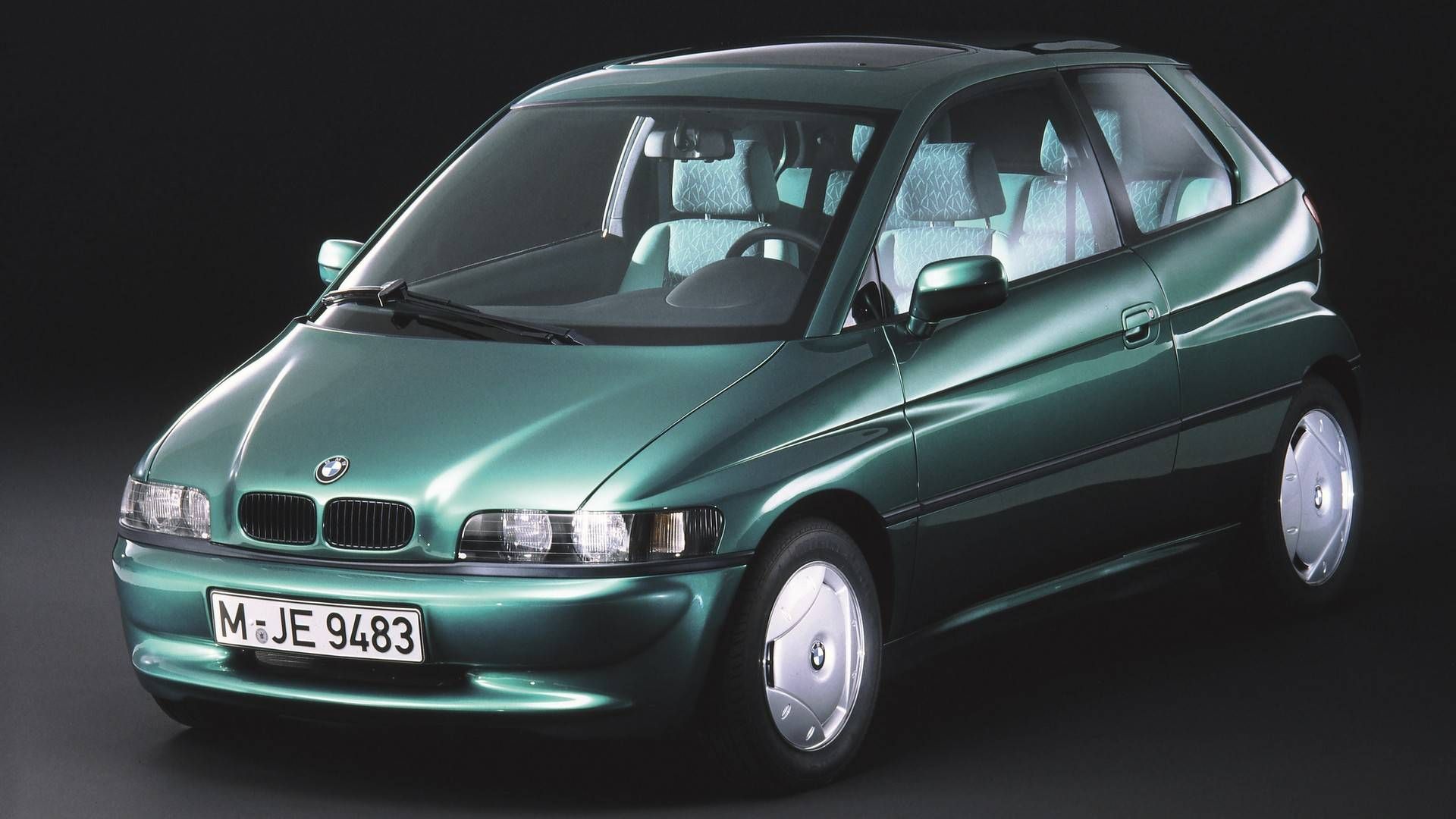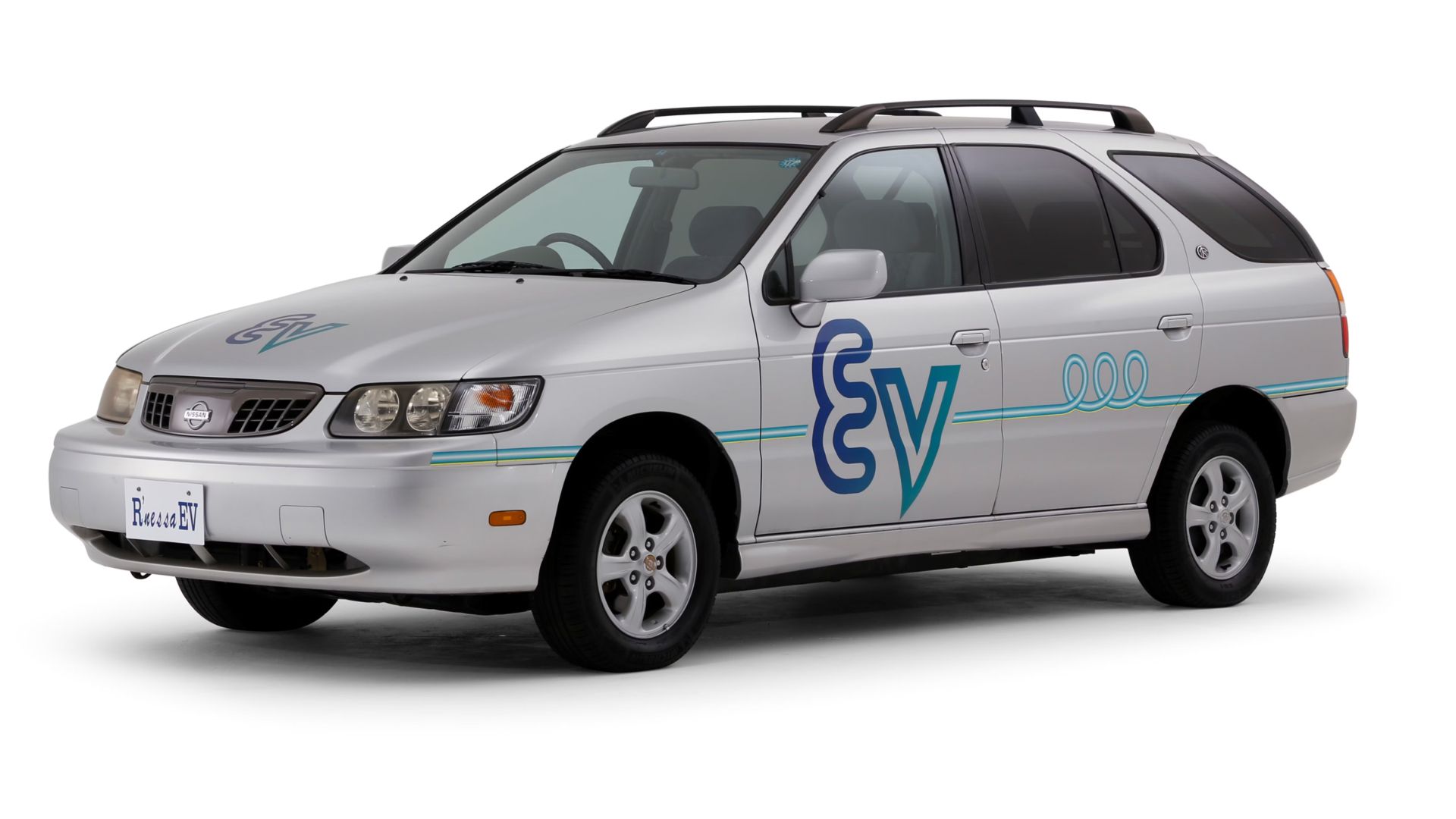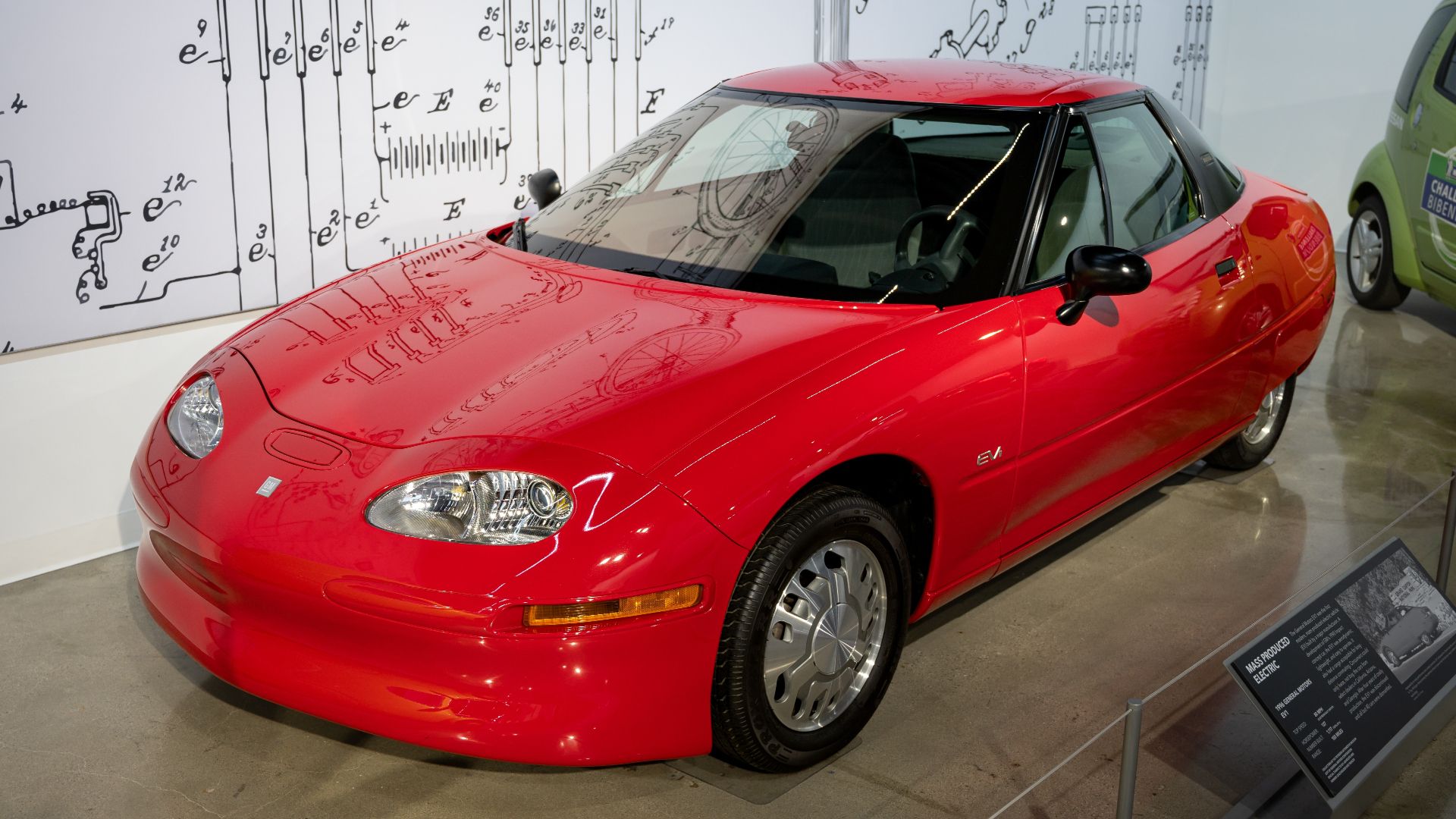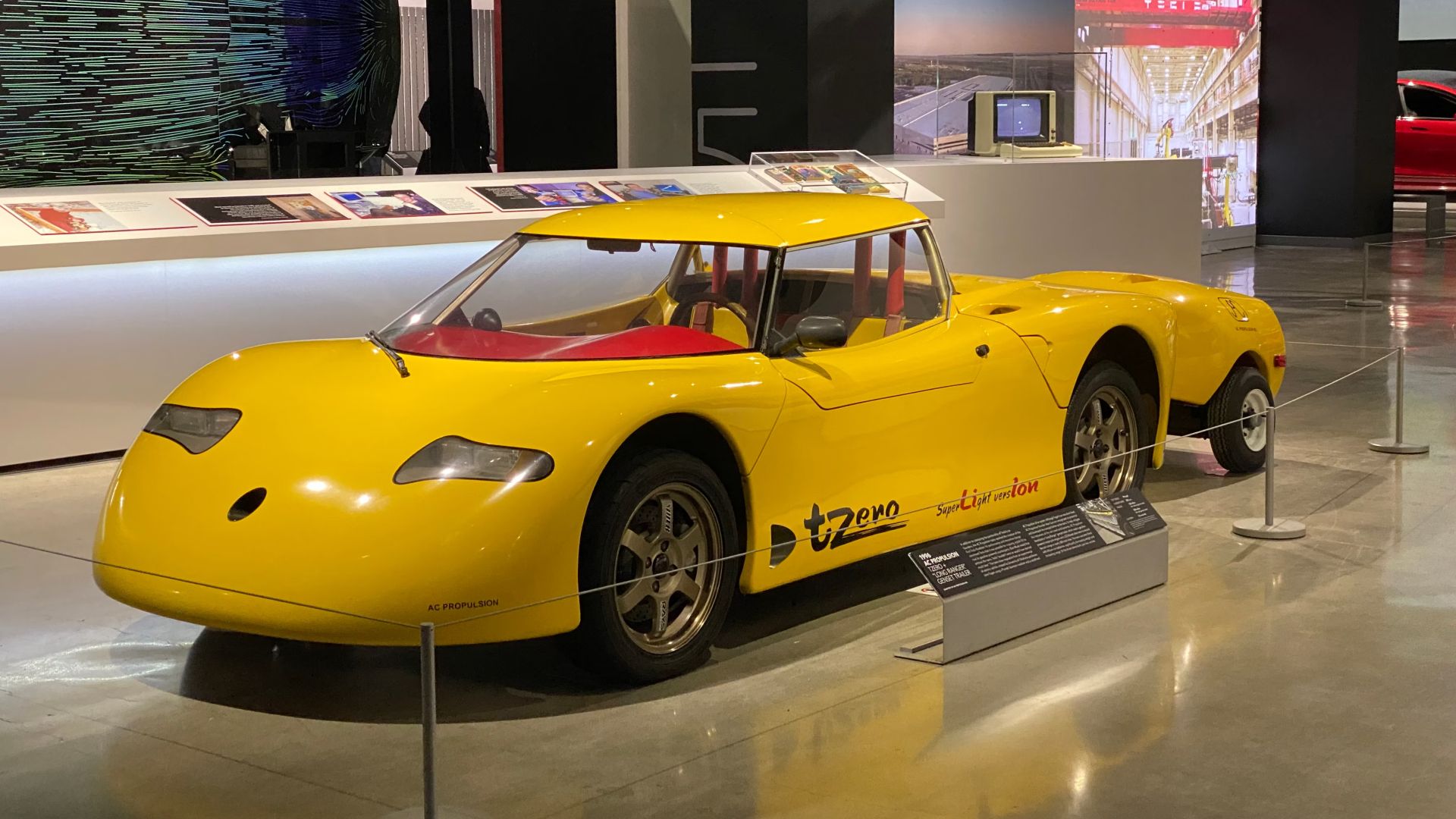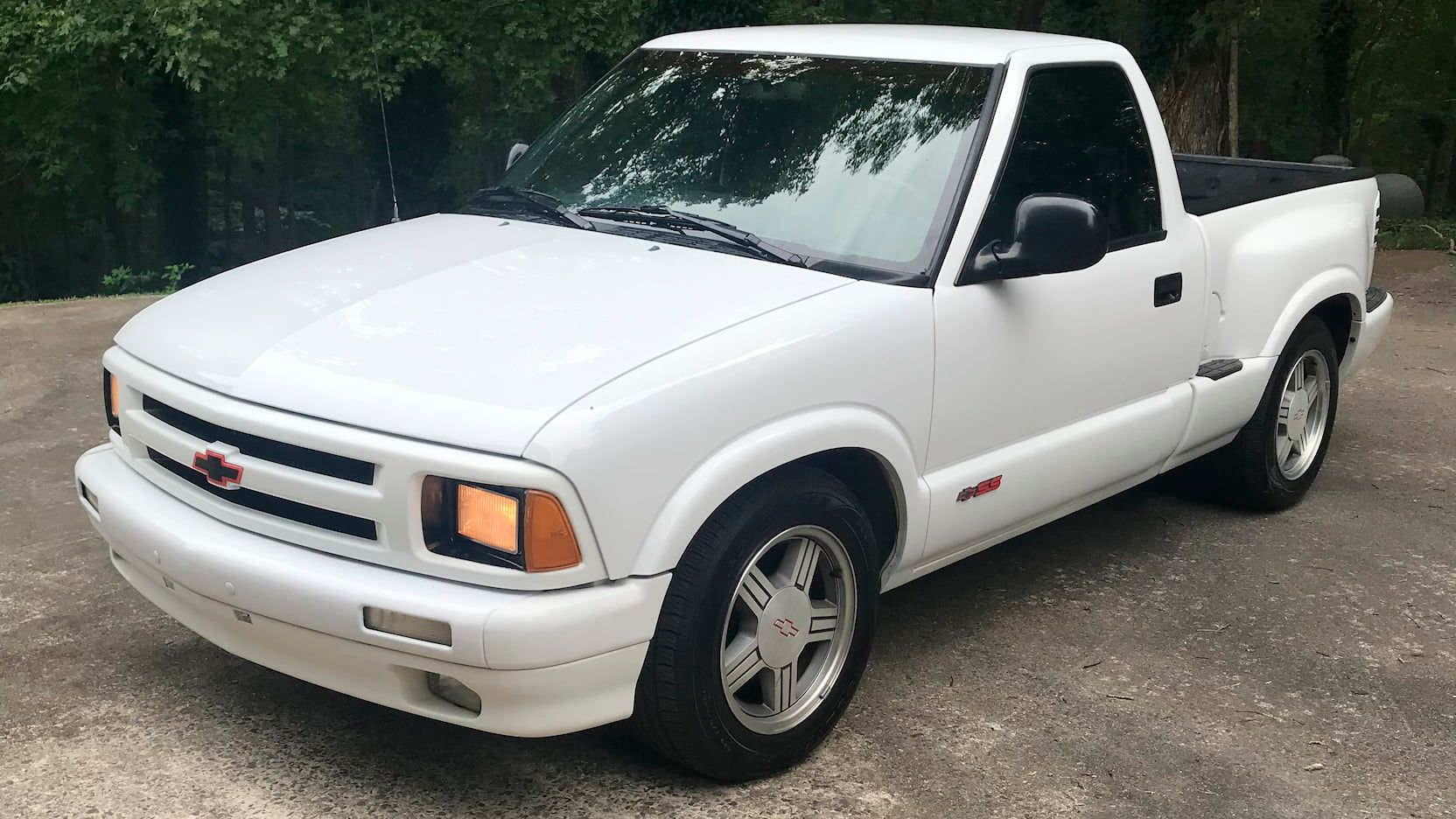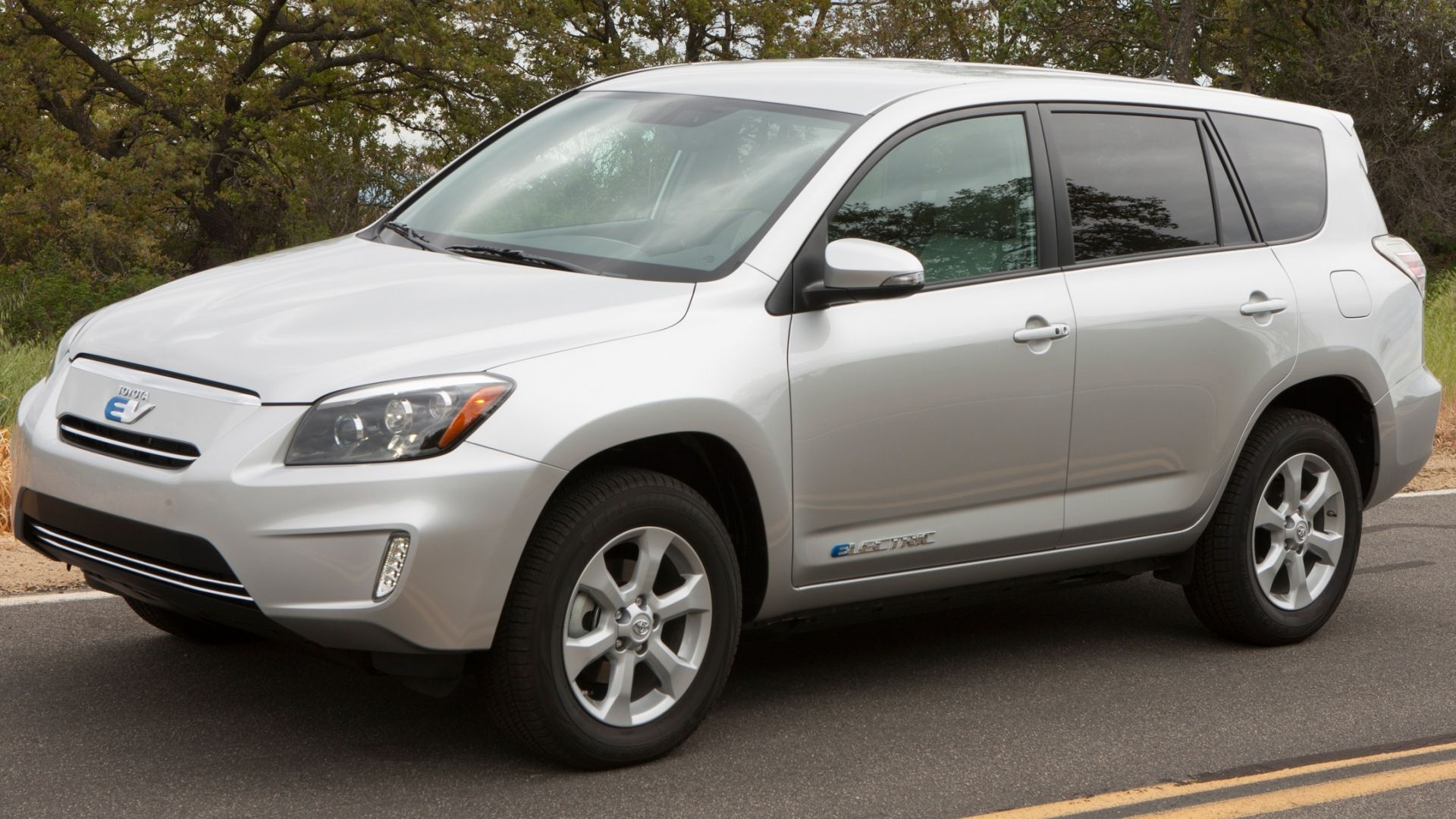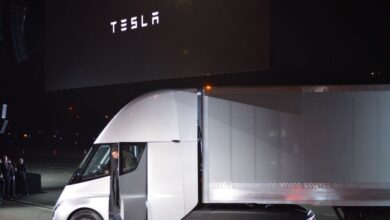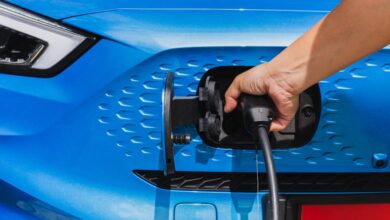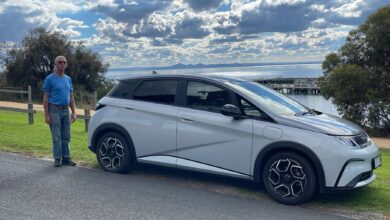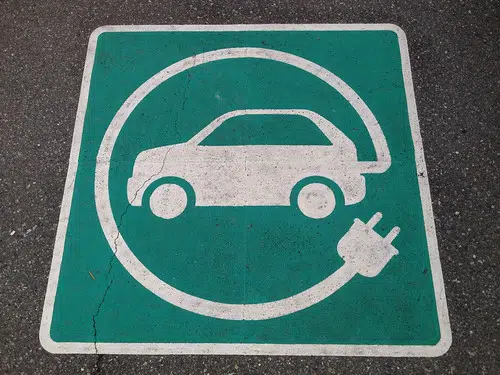10 Electric Cars From The 1990s You’ve Probably Forgotten About
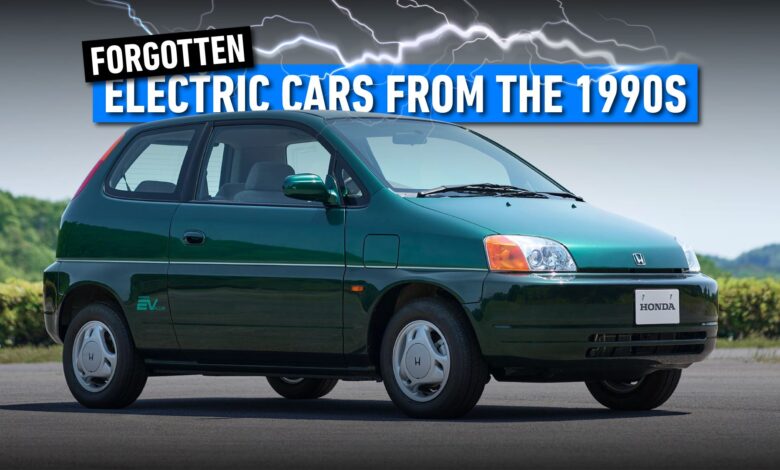
The electric car industry has witnessed a significant surge in sales and production in recent years. Among the leading names in the market is Tesla, which has established its dominance in the EV world. However, many people may not know that electric vehicles have been around for a while now, albeit not as prominent.
In the past, infrastructure and technology limitations made it difficult to manufacture reliable and efficient EVs, which consequently made it challenging to buy them. Battery range and charging times were some of the significant concerns that manufacturers faced, which are still quite prevalent now. Nevertheless, with the latest technological advancements, EVs have come a long way and have significantly improved compared to past production EVs.
It is fascinating to look back at the most exciting EVs that were manufactured in the 1990s. Some of these models were not even released to the market and were merely a testament to what the manufacturer could achieve at the time. These EVs were a significant step towards creating more sustainable transportation, and it is impressive to see how far the industry has come since then.
In order to give you the most up-to-date and accurate information possible, the data used to compile this article was sourced from various manufacturer websites and other authoritative sources, including Car and Driver and Top Gear.
BMW E1: The Forgotten Electric Compact Hatch
The BMW E1 was an electric vehicle that set the foundation for urban EVs today. The long-forgotten EV was well ahead of its time.
1 BMW E1
During the 1990s, BMW showcased its E1 electric vehicle to demonstrate its capabilities with electric motors. Unfortunately, the car caught fire a few times during various shows, which resulted in it not receiving the attention it deserved. As a result, the E1 never saw mainstream production. Despite this setback, the E1’s specifications are still impressive for a car produced 30 years ago. It had a range of 150 miles, which was impressive for its time.
BMW E1 Specs
|
Horsepower |
45hp |
|
Torque |
11 lb-ft |
|
Range |
150 miles |
|
Top Speed |
75 mph |
|
Layout |
Rear Electric Motor |
(Specs sourced from BMW)
The E1 was way ahead of its time, with fast charging capabilities that exceeded its competitors. BMW demonstrated that eco-friendliness could also be achieved from an economical standpoint. Despite some setbacks, the E1 was a quick and nimble electric car that had a lot of potential.
2 Nissan Altra
Nissan has been researching and developing electric vehicles since 1947, when the Tokyo Electro Automobile Co. produced the Tama electric vehicle. In 1991, Nissan began selling the Cedric EV and the Avenir EV in 1994, primarily to companies. The Prairie Joy EV was introduced in 1997 as the world’s first car with a lithium-ion battery.
Nissan Altra Specs
|
Power |
62 kW |
|
Torque |
16.2 kgm |
|
Layout |
EM18 Permanent-magnet synchronous motor |
|
Chassis |
Ventilated disc at front and drum at back |
(Specs sourced from Nissan)
In 1998, Nissan released the Altra EV which was based on a minivan R’nessa. This electric vehicle was equipped with several advanced features, such as a flat floor, non-contact charging system, air conditioner with remote control, EV-dedicated digital meters, lithium-ion battery, and permanent-magnet synchronous motor. All of these technologies were later implemented in the first-generation Leaf.
3 Chrysler TEVan
Chrysler had a special interest in producing minivans, particularly electrified ones. In 1993, it created the Chrysler TEVan, which was powered by nickel-iron or nickel-cadmium batteries. These types of batteries are not commonly used in today’s EV production line. The TEVan had a maximum speed of 70mph and a range of 50 miles, which was not too bad for an EV vehicle back in the ’90s.
Chrysler TEVan Specs
|
Horsepower |
28 hp |
|
Torque |
295 lb-ft |
|
Range |
50 miles |
|
Battery Power |
48 kW |
|
Top Speed |
70 mph |
(Specs sourced from Chrysler)
However, it faced challenges in terms of sales due to its high price tag of $120,000. The cost of producing these vehicles must have been significantly higher back then compared to now. Only 56 copies of the TEVan were ever made, but it did pave the way for Chrysler’s entry into the EV world.

How This 1961 Bentley S2 Continental Became The Rarest EV In The World
UK-based Lunaz Designs has electrified a British luxury classic, and it has become a desirable modern-era classic.
4 GM EV1
The team at General Motors (GM) created the EV1 electric car. The Impact prototype, which was essentially a concept car, was unveiled at the LA Auto Show in January 1990. However, the 1994 speed record car, also named Impact, was constructed using a highly modified early-build development car. Unfortunately, the production program was terminated in 1999 after manufacturing just over 1,000 EV1 cars.
GM EV1 Specs
|
Horsepower |
137 hp |
|
Torque |
110 lb-ft |
|
Battery |
Lead-acid (18.7 kW) |
|
Battery (alt) |
Nickel Metal hydride (26.4 kW) |
(Specs sourced from GM)
The GM EV1 was a groundbreaking car that featured cutting-edge technology, including keyless entry, low-resistance tires, and regenerative braking. It introduced many firsts to the industry, such as electrohydraulic power steering, heat pump HVAC, and inductive charging. The EV1 also boasted other innovative features like electric brakes and parking brake, by-wire acceleration, braking, and gear selection, cabin temperature preconditioning, regenerative braking, and low-friction bearings and lubricants.
5 Honda EV Plus
Honda has been producing electric vehicles since the 1980s. However, the Honda EV Plus was built to meet California’s Air Resources Board (CARB) requirement that two percent of all car sales in the US must be electric vehicles. This EV car used a nickel-metal battery (NiMH) and could cover a distance of 60-80 miles on a single charge, which was considered decent at the time. Additionally, it boasted an impressive charging time, with 80% of the charge being achieved in just two hours.
Honda EV Plus Specs
|
Battery |
Nickel-metal Hydide (NiHM) |
|
Horsepower |
66 hp |
|
0-30mph |
4.9 seconds |
|
Price |
$54,000 |
(Specs sourced from Honda)
The NiHM battery version was priced at $54,000 which made it quite expensive, and the batteries needed to be replaced every three years. At the time, Honda stated that they had no plans to create another EV until the technology advanced enough to reduce charging times. However, the technology used in the development of the EV Plus contributed towards the creation of fuel-cell vehicles.
6 AC Propulsion Tzero
In 1992, Alan Cocconi established AC Propulsion in San Dimas, California. He contributed to GM’s Impact concept and EV1. In 1997, AC Propulsion introduced the Tzero, a sports car with 201 horsepower and lead-acid batteries. Unfortunately, AC Propulsion eventually stopped producing the Tzero. However, Martin Eberhand and Marc Tarpening borrowed the lithium-iron batteries as a demonstrator for a pitch and incorporated Tesla Motors.
AC Propulsion Tzero Specs
|
0-60 |
3.7 seconds (claim) |
|
Range |
100 miles |
|
Horsepower |
201 |
|
Torque |
181 lb-ft |
(Specs sourced from AC)
Elon Musk was interested in investing in AC Propulsion to get their Tzero in production, which was Eberhand’s plan as well. Instead, Musk invested his money in Tesla Motors. AC Propulsion started doing electric conversions on the Scion xB, renaming it eBox, and focused on contract work, such as helping electrify the Mini. This journey from EV1 to Tesla involved San Dimas and has become a significant part of electric-car history.

The Most Affordable All-wheel-Drive EV In 2024
This Volvo EX30 EV is not only the most affordable all-wheel-drive electric vehicle in the U.S., but it is also the cheapest vehicle in its class.
7 Chevrolet S-10 EV
The Chevrolet S-10 EV was an electric vehicle that was introduced during a time when the world was curious about the future of the automotive industry. However, the S-10 EV was not a revolutionary vehicle by today’s standards. The car was quite heavy, weighing a combined 1,400 pounds due to its heavy batteries. Although it had a respectable amount of horsepower at 114, the vehicle’s range left much to be desired.
Chevrolet S-10 EV Specs
|
Horsepower |
114 hp |
|
Range |
45 – 60 miles |
|
Battery |
Lead-acid |
(Specs sourced from Chevrolet)
Compared to the normal petrol or diesel version, the Chevrolet S-10 EV was not a cheap option, costing around $33,305, which was about $20,000 more than the original. Even still not many S-10 EVs were sold to the public. When GM decided to discontinue production, Chevrolet chose to crush every single unit, to keep their technology a secret. It is possible that they wanted to prevent their designs from being copied by competitors.
8 Ford Ranger EV
The Ford Ranger EV was an electric vehicle produced by Ford Motor Company from 1998 to 2002. It was built using a light truck chassis from the Ford Ranger. Most units were leased out to fleet operators, and leases were terminated in 2003-04, and the vehicles were recalled. A version of the vehicle using nickel-metal hydride batteries was offered for lease in California and a few other locations, providing a range of up to 65 miles on a steady speed of 65mph.
Ford Ranger EV Specs
|
Battery Power |
84.13 kW |
|
Range |
65 miles |
|
Battery |
NiHM and Lead acid |
|
Price |
$50,000 |
(Specs sourced from Ford)
The cost of this vehicle was $50,000. Early in the vehicle’s lifecycle, the NiMH Ranger EV had some issues that were later addressed by Ford. However, there were some range problems around the 25,000-mile service life with the batteries, and Ford chose not to fix this range problem.
9 Toyota RAV4 EV
The Toyota RAV4 EV was a revolutionary car that aimed to change the environment and showcase the potential of electric vehicles. It used Nickel-metal batteries that weighed 450 kg, which had a lifespan three times longer than lead acid batteries. Moreover, these batteries could be recharged in just 10 hours. With a range of 124 miles, it was not bad for it’s time either.
Rav4 Specs
|
Battery Power |
45 kW |
|
Battery |
NiHM |
|
Top Speed |
77 mph |
|
Range |
124 miles |
(Specs sourced from Toyota)
Toyota wanted to demonstrate its capabilities and produce an electric car that could set the tone for the future of automobiles. The RAV4 EV had a modern design that is similar to electric cars today, and it showcased the importance of environmental change. Toyota believed that electric vehicles could play a significant role in reducing the carbon footprint and creating a better future.
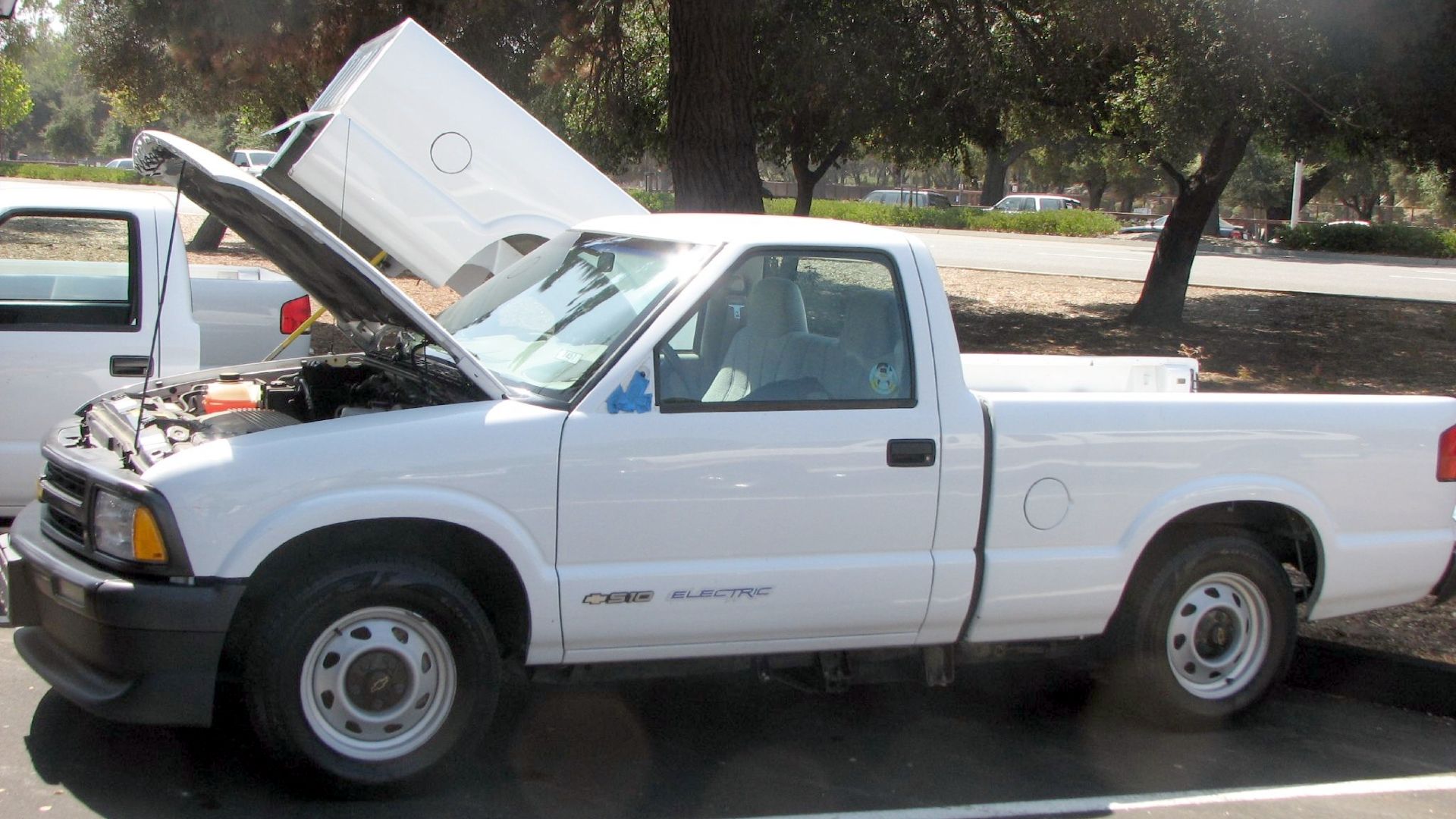
Chevrolet S-10 Electric: World’s First Electric Pickup Truck That You Didn’t Know About
The EV revolution has begun, but today’s EVs were not the first to offer the technology!
10 Corbin Sparrow
The Corbin Sparrow is a three-wheeled electric vehicle that was produced in England in 1999. This funky little car was designed to be an eco-friendly solution for city commuting. It paved the way for the G-Whiz, although maybe not a fan favorite, and had a unique and edgy design. The creator, Mike Corbin, was a speed freak and had previously set land-speed records in an electric-powered vehicle on the Bonneville Salt Flats in Nevada.
Corbin Sparrow Specs
|
0-60 mph |
Less than 4 seconds |
|
Top Speed |
75-80 mph |
|
Range |
25 – 50 miles |
(Specs sourced from Corbin)
Despite having a small frame and only three wheels, the Corbin Sparrow was capable of reaching speeds of up to 80mph. However, only speed enthusiasts like Mike Corbin would drive it at full throttle. The car’s aerodynamic design was also noteworthy. Most importantly, it emitted zero carbon emissions, making it an environmentally friendly option for city drivers.
